מריה בלנצ'רד (1881-1932)
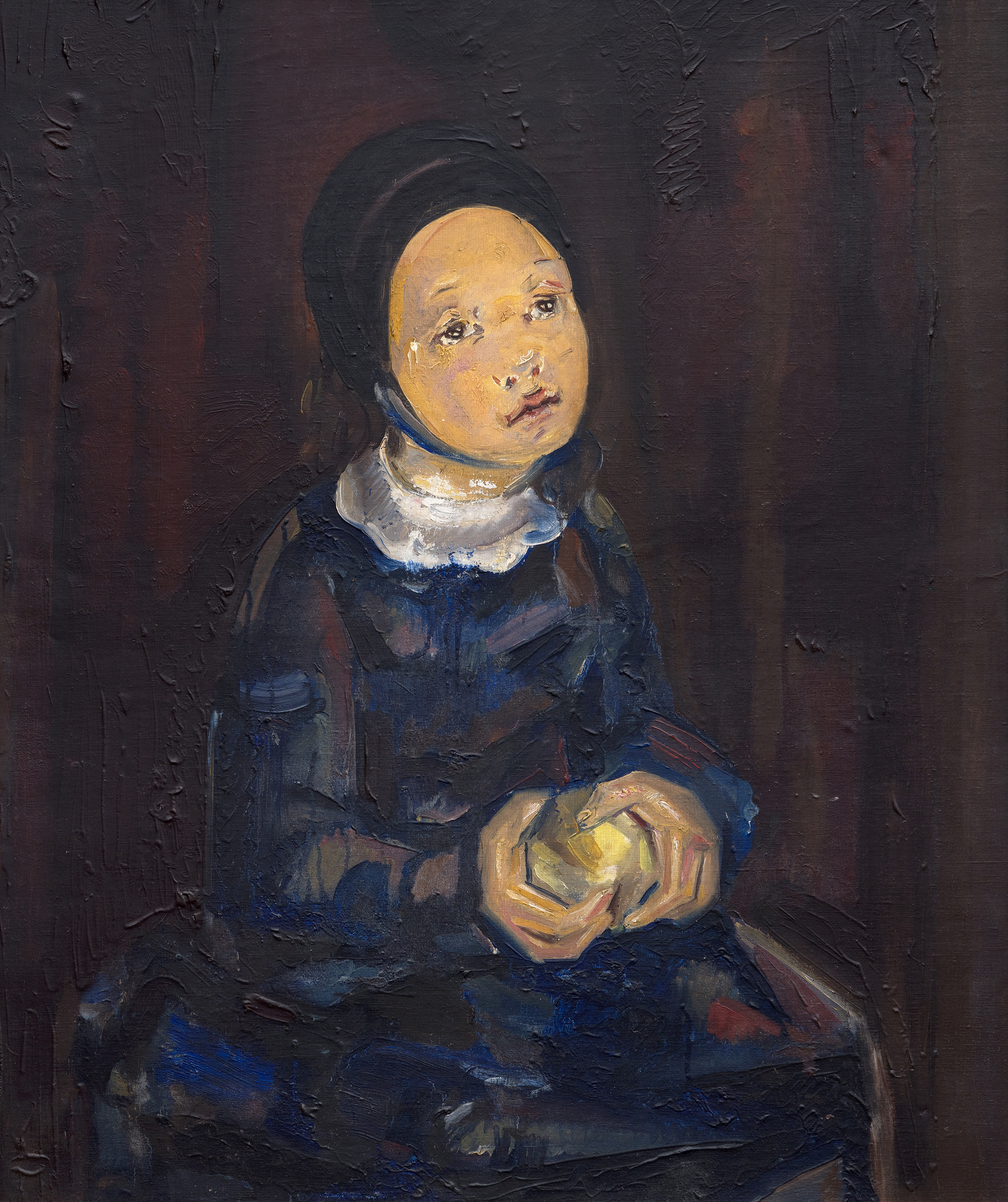
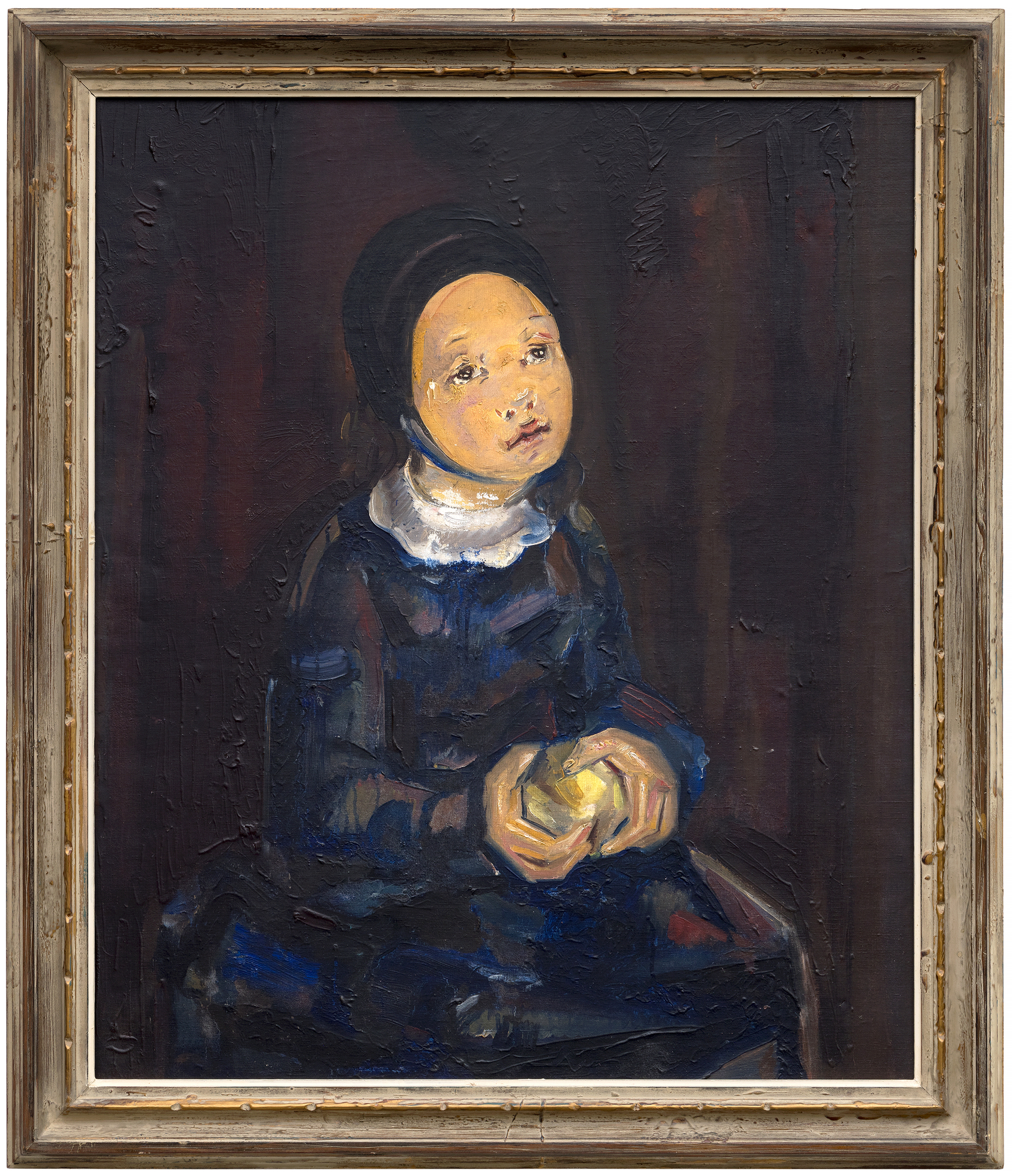
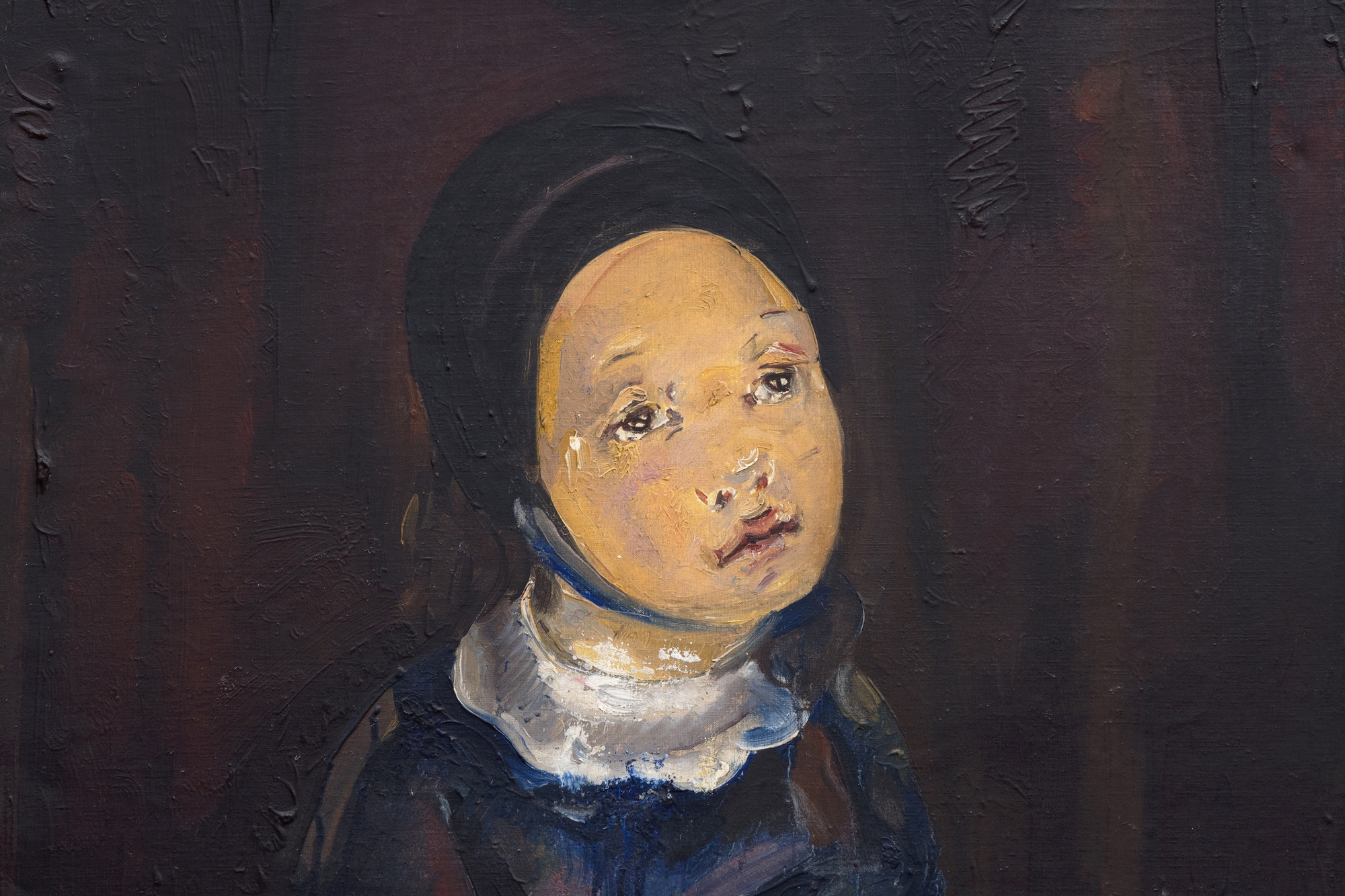
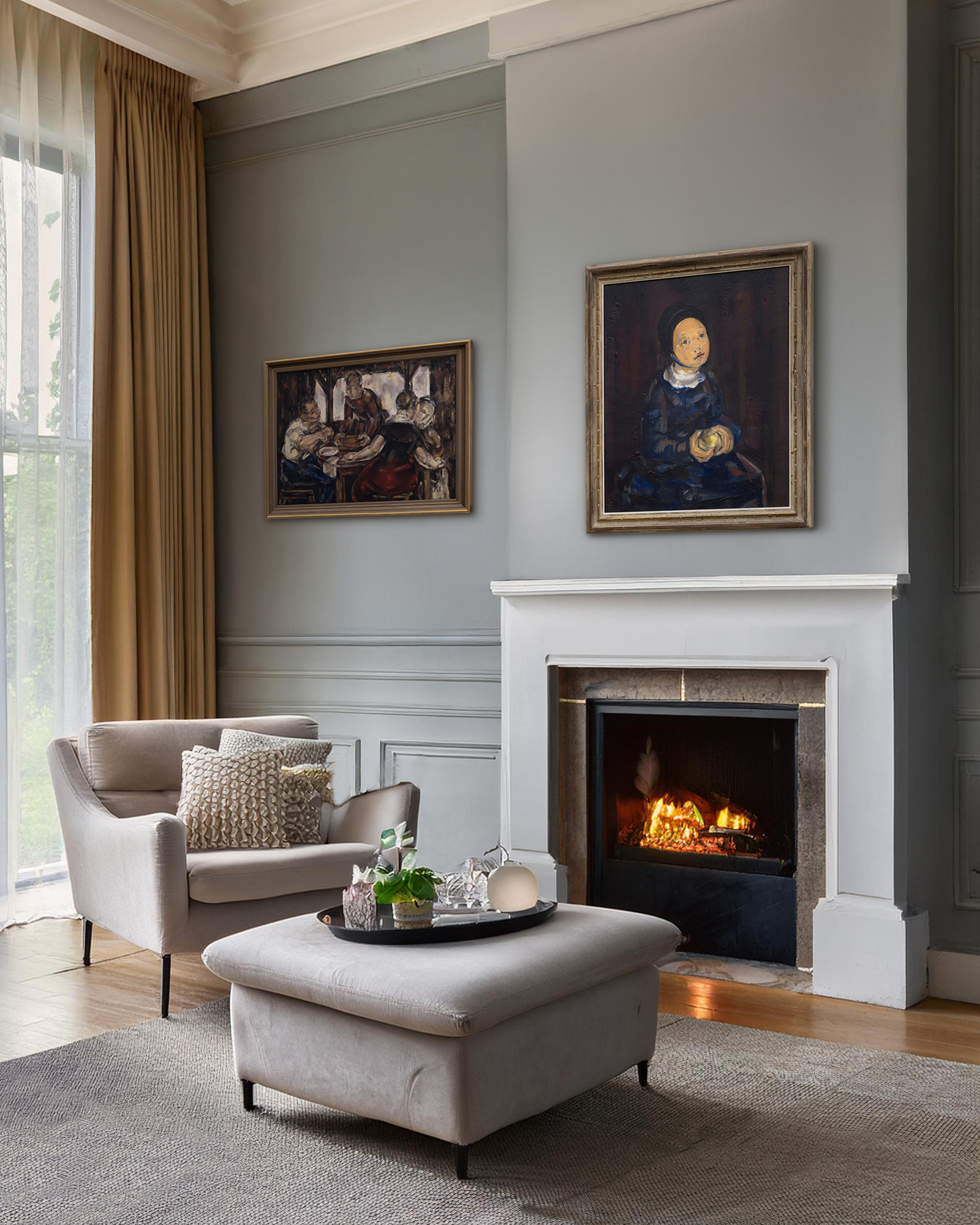
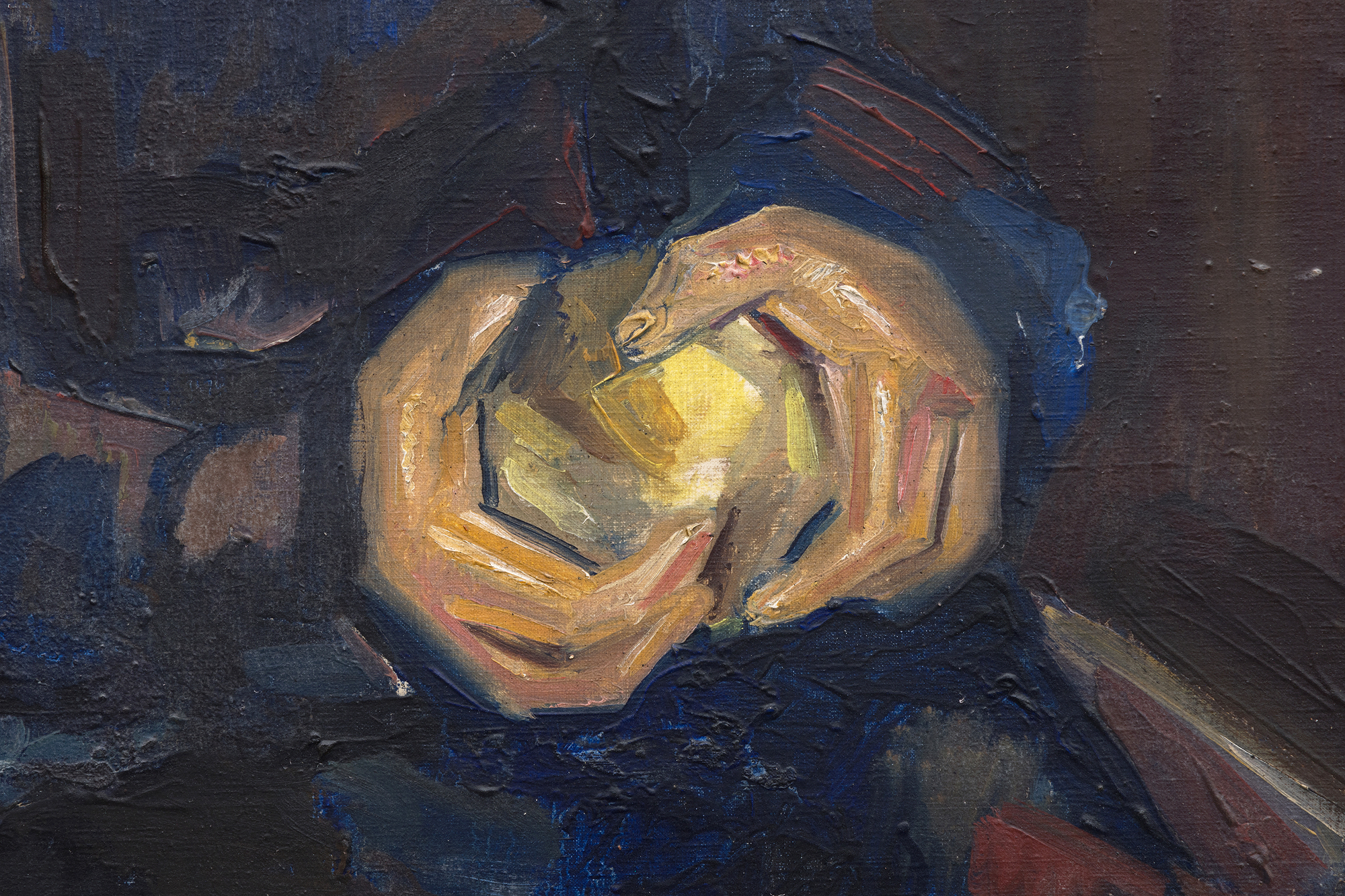
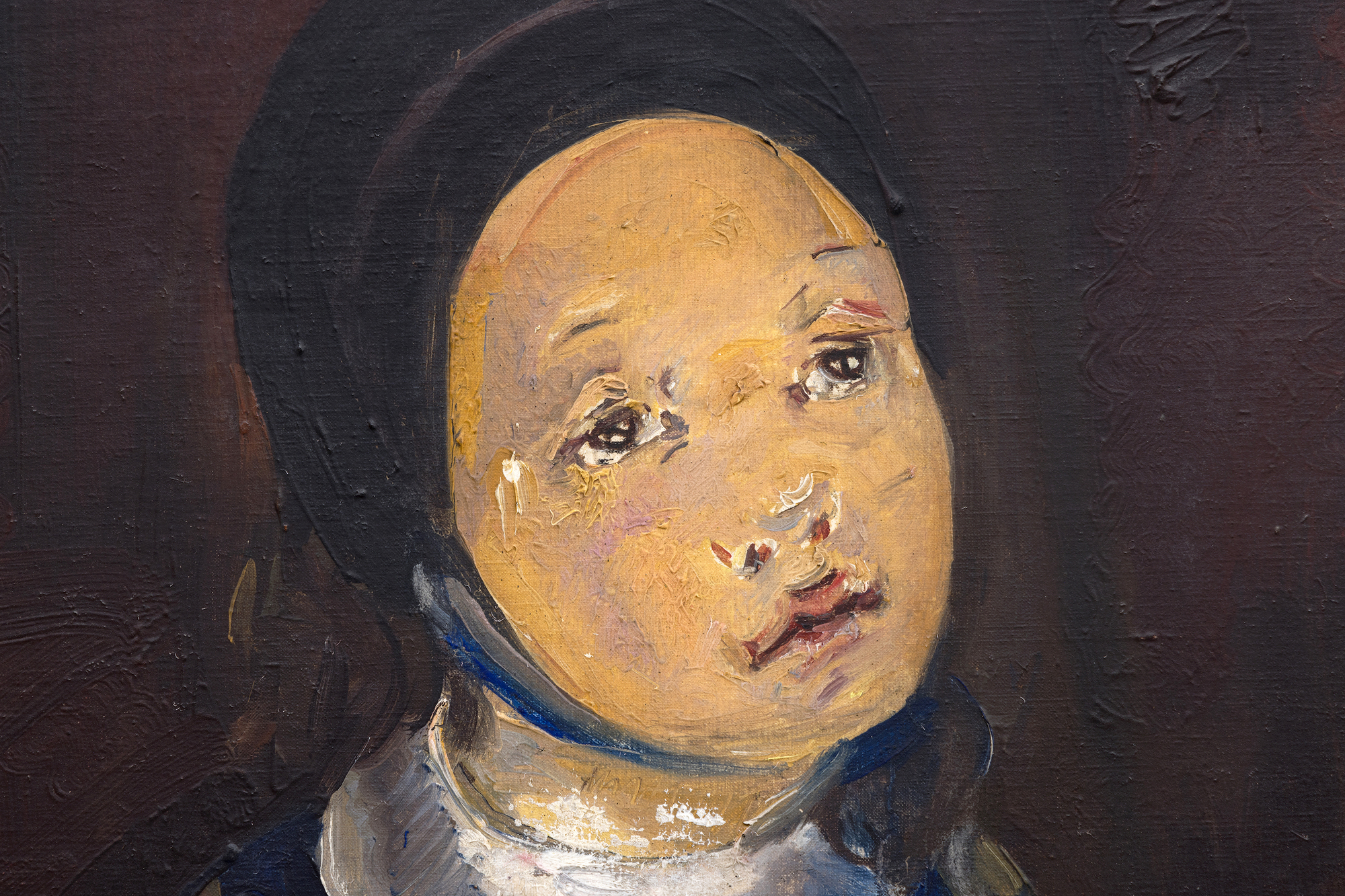
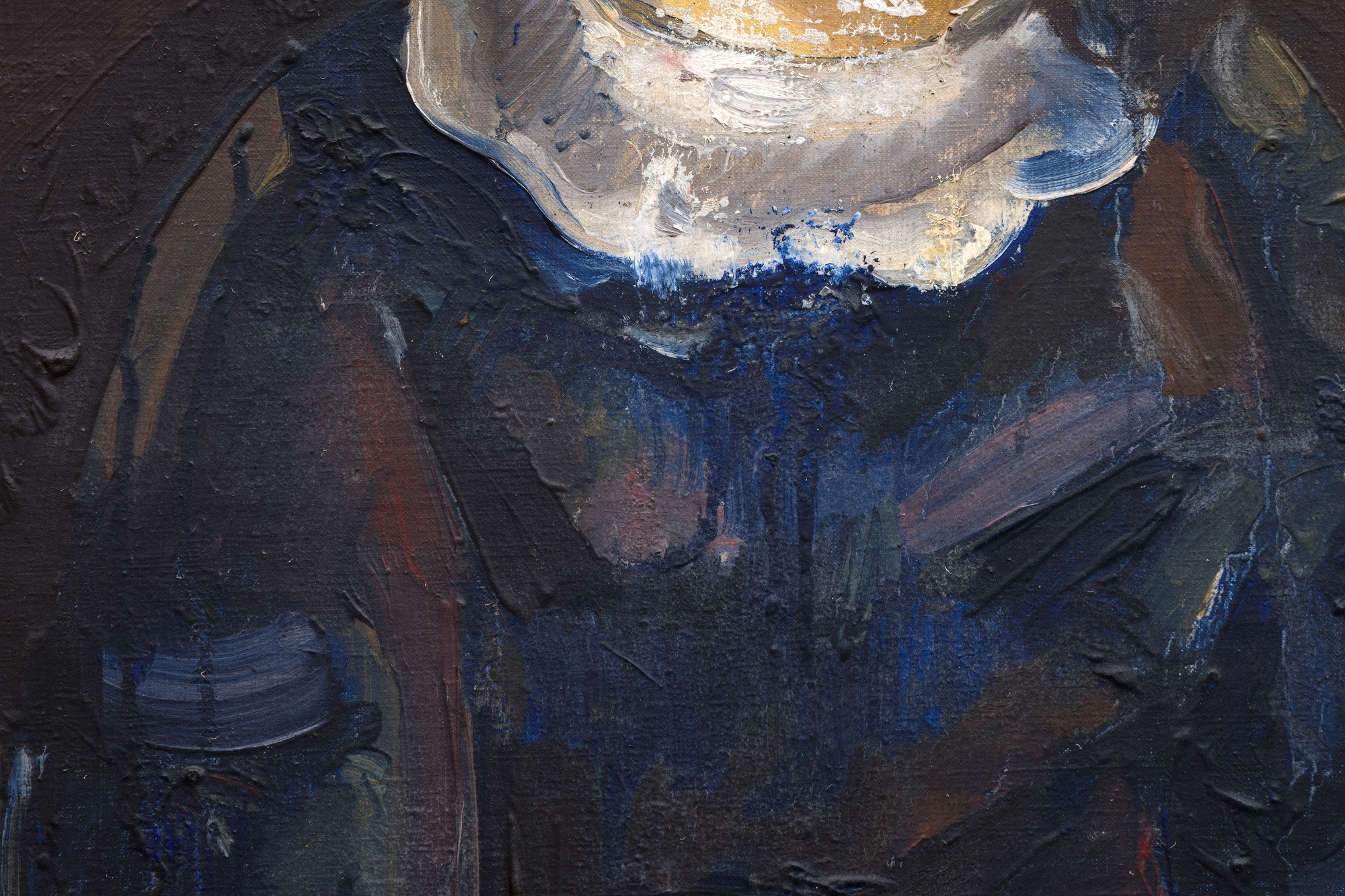
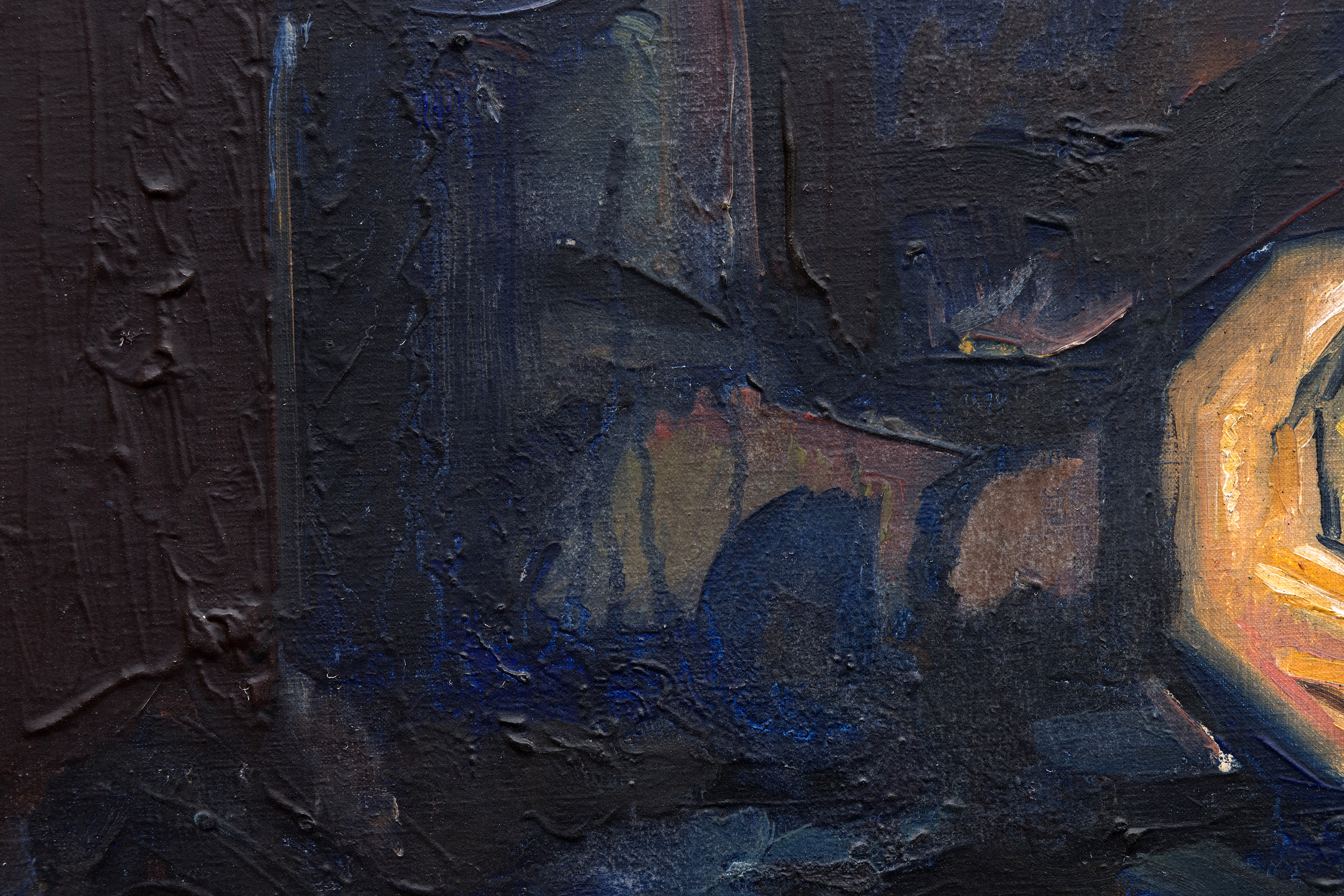
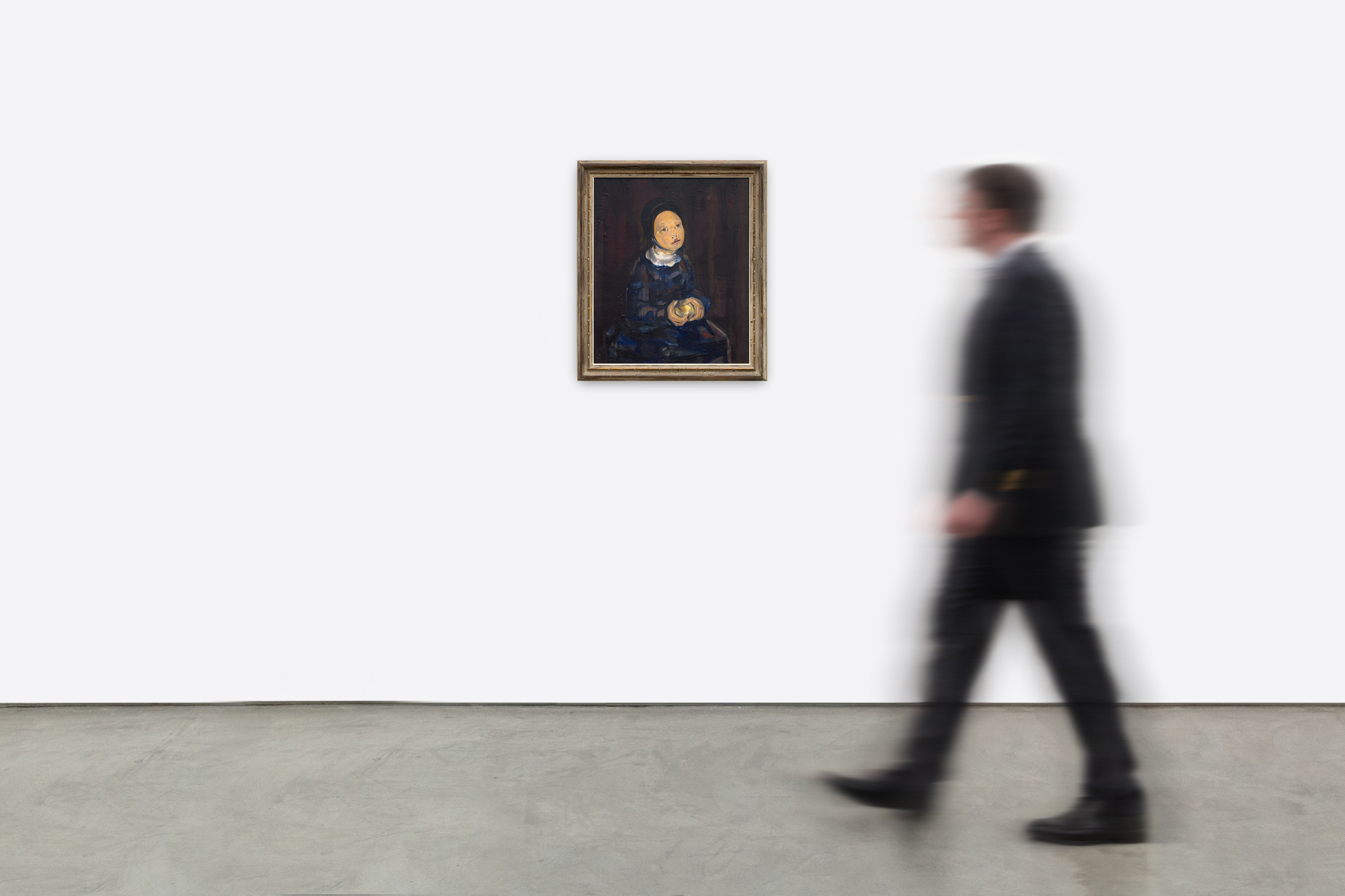
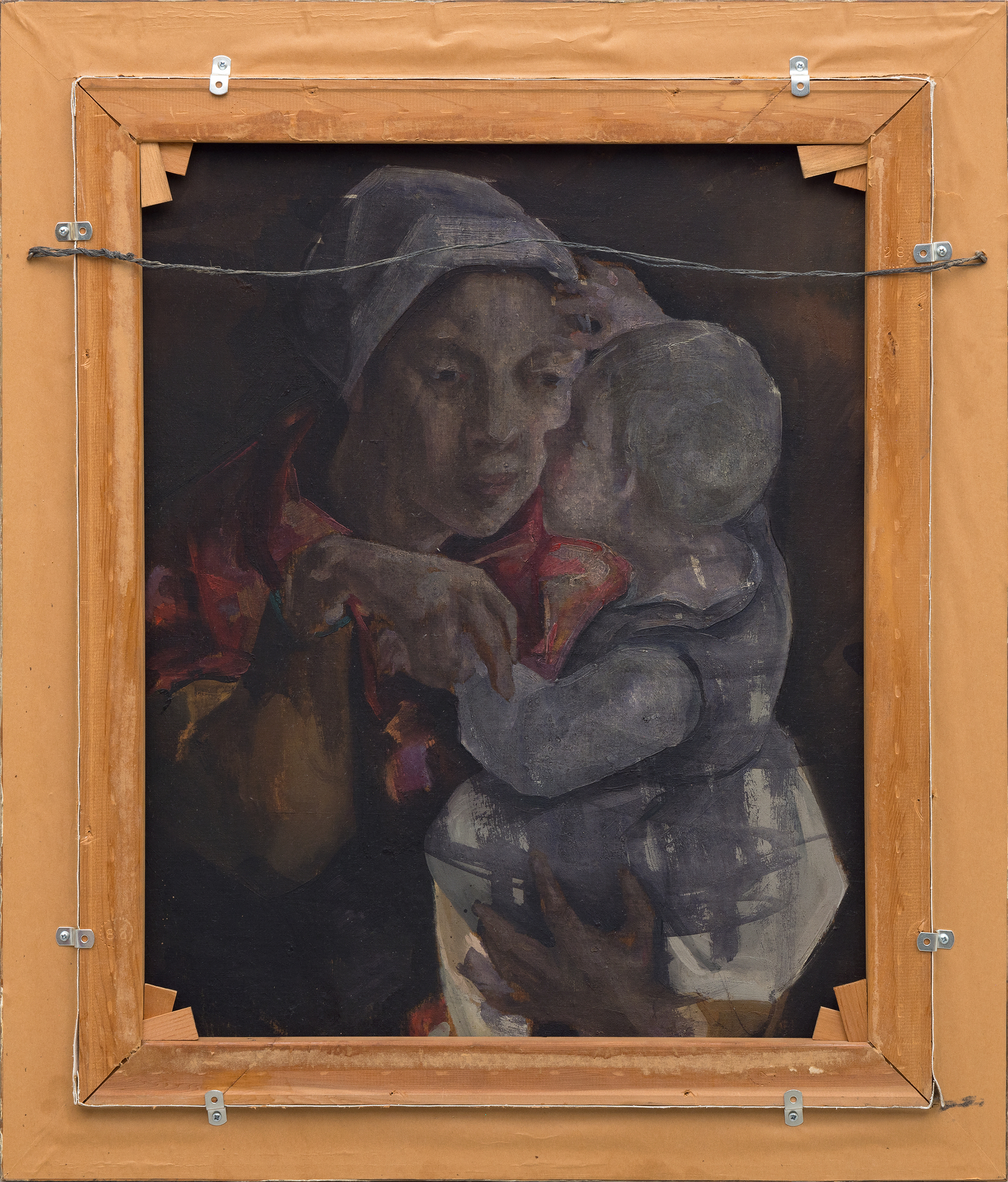
מקור ומקור
אוסף של כרמן אגאה גוטיירז, אחייניתו של האמןאוסף פרטי, בירידה מלמעלה
135,000
השורשים הקוביסטים של בלנצ'רד, הבולטים בטיפול הזוויתי של הידיים והתפוח, מתרככים לאורך הלבוש הצנוע של הילדה, מה שמרמז על משמעות רוחנית או דתית. פניה האדוקה של הדוגמנית והפלטה המושתקת של החומים, האפורים והכחולים מחזקים עוד יותר את העובדה שהציור ממשיך חוט של נושאים דתיים, כפי שניתן לראות ביצירת המופת המוקדמת של פיקאסו, "הקודש הראשון", וב"הנערה בטקס הקודש הראשון שלה" של בלנשרד עצמו. " התפוח המוחזק ביד מציג שכבות של סמליות, המייצגות לעתים קרובות ידע, תמימות או פיתוי, אסוציאציה שמרמזת על מעבר רגשי, מגשר על ילדות ומודעות עמוקה יותר.
היכולת של בלנצ'רד למזג צורה קוביסטית עם נרטיב סימבולי ומורכבות רגשית הופכת את הציור הזה לשיקוף נוקב של האבולוציה שלה כאמנית. היא מאמישה את הצורות הנוקשות של הקוביזם תוך שהיא מחדירת לנושאים שלה עומק וחיים פנימיים.


